Waste Management Practice. Plastic.
8.3 billion tons of plastic, since 1950, was produced by man. ¾ of this amount today is garbage.
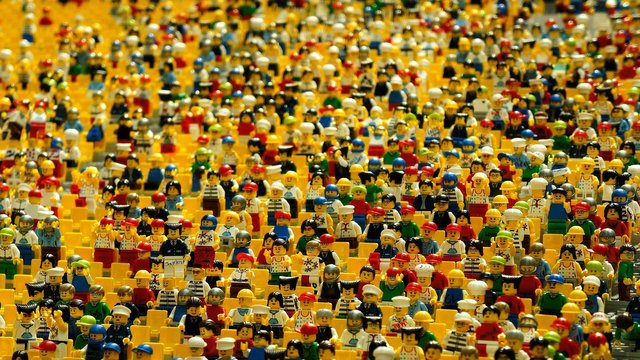
According the researches by American Association of the Advancement of Science, by 2015, humanity has come up with 6.3 billion tons of plastic waste, 9% of which was recycled, 17% burned, and 79 buried in the ground or scattered on its surface.
Properties of polymers allow them to be present in 99% of the things around us. We choose products from various types of plastic, we pay money for this plastic and carry it home. After a while we carry it from the house for processing, burning or ground disposal.
At this rate, by 2050, humanity will live next to 12 billion tons of plastic.
We know that we have to endure such a neighborhood, because the first created piece of plastic so far does not show signs of decomposition. And, thanks to its unique properties, the next 300 years it will not do.
But what do we know about plastic?
All kinds of plastic are polymers, that is, molecules consisting of many compounds of monomer molecules. The very name "plastic" is given to it because of its elastic properties, which are manifested during heating and its ability to keep the shape set in the elastic state when it cools down to a stiff condition.
It is thanks to these properties that plastic has become so widespread in our everyday life and has become practically indispensable in the food, medical and hygiene industries.
However, not two plastics are alike.
So, PET or PETE - polyethyleneterephthalate, one that is widely used for soft drinks bottling, decomposes for 180-200 years.
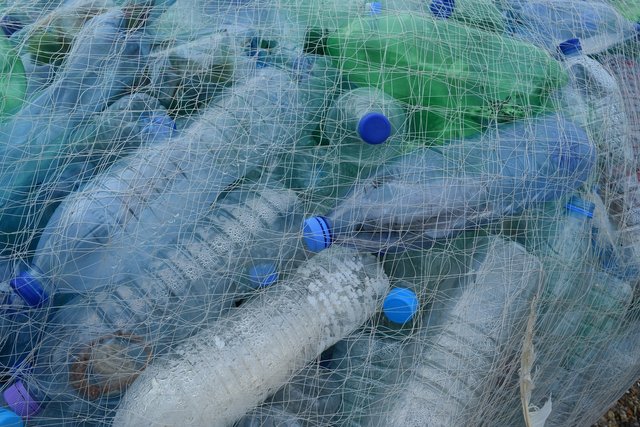
It is not suitable for repeated use, since even after thorough cleaning it can release toxic chemicals (dioxins). However, such plastic is already being successfully processed into many things, from T-shirts to wells.

HDPE - polyethylene. We meet him in the form of products for food and toys. Polyethylene is considered safe for food storage.
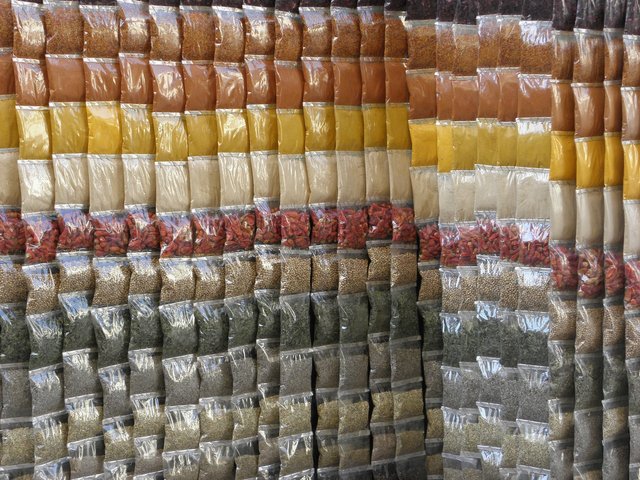
With prolonged contact with air, polyethylene undergoes thermal aging, during which toxic chemicals (aldehydes and ketones) are released. Now this kind of plastic is also subject to processing, after which it practically retains its original properties and can be reused in the work of 3D printers, the manufacture of accessories for swimming pools, anti-corrosion coatings, food containers and much more.
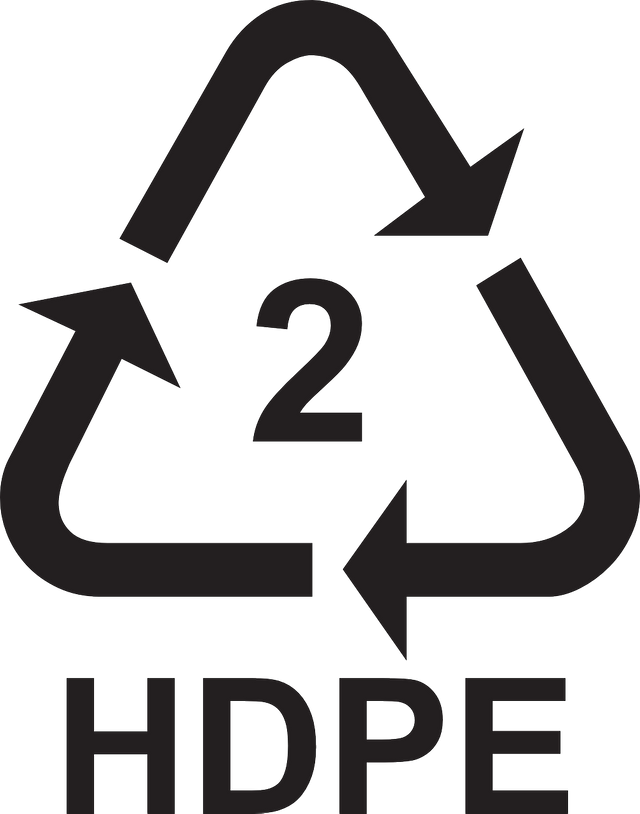
PVC is polyvinyl chloride. This type of plastic is used in the manufacture of pipes, garden furniture, bottles of detergents, oilcloth and so on.
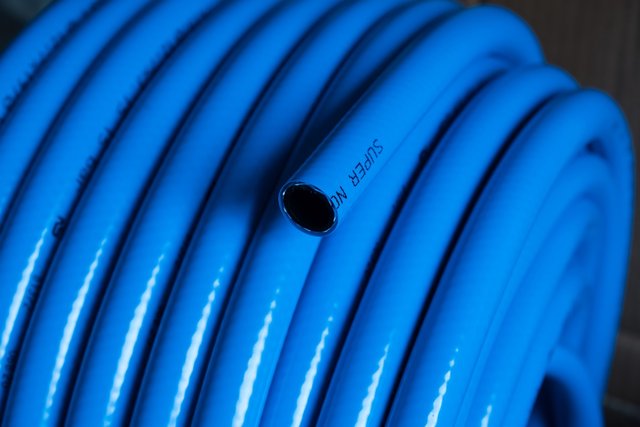
The material is potentially dangerous for food use, since it can contain dioxins, biphenol A, mercury, cadmium and others, which are also released when burning or burial of this type of waste. It is significant that this type of plastic is not suitable for processing, because mechanical methods do not allow neutralizing toxins, and chemical methods are expensive, time-consuming and, as a consequence, not cost-effective. Recycled polyvinyl chloride essentially loses its properties and needs the addition of PET or HDPE.
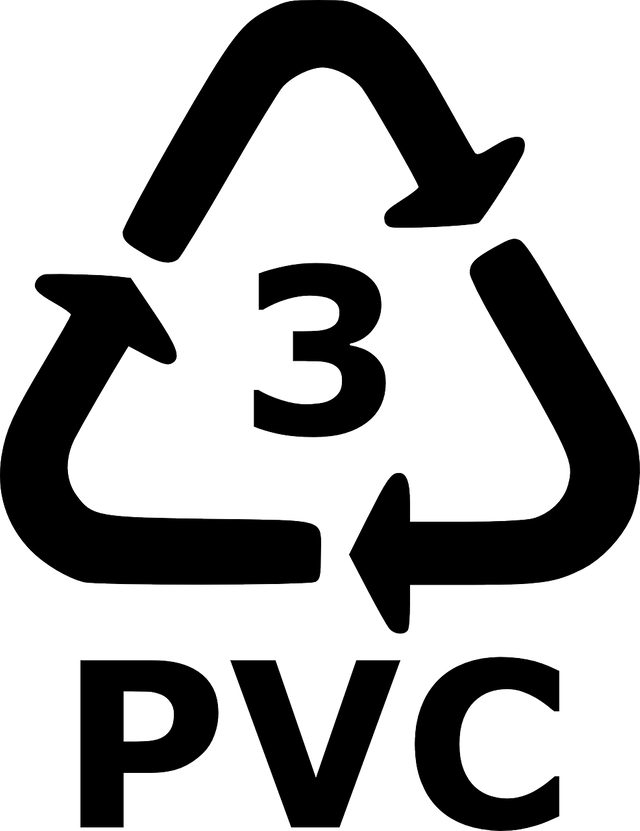
PP is polypropylene, a material used in the automotive industry (equipment, bumpers), in the manufacture of toys, in the food industry, but mainly in the production of packages.

It is noteworthy that polypropylene is resistant to the effects of temperatures and when exposed to hot liquids it does not release harmful substances. But when it comes into contact with any complex chemical compounds (alcohol, carbonated beverages), it releases formaldehyde, which is a mutagen, an allergen and has an annoying effect, so that the contact of the human body with this substance can cause severe consequences, up to the cancer of the respiratory tract and leukemia . Since no toxins are released when the polypropylene is heated, the processing of this type of plastic is most expedient from the entire list of plastics considered by us. After processing PP goes on the production of auto parts, bicycle racks, brooms and brushes, and various types of containers. In Ukraine, students developed the process of processing plastic caps into prostheses for people who have lost limbs.
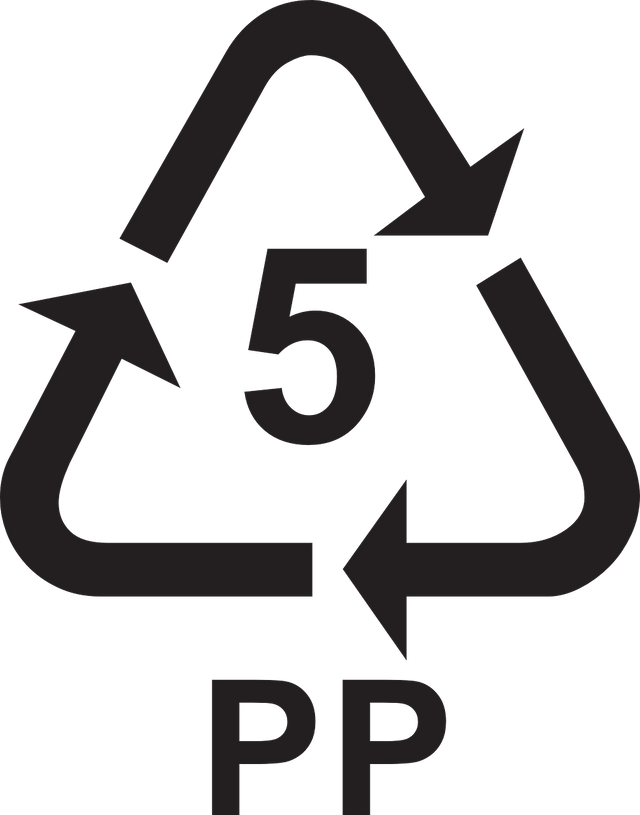
PS - polystyrene. This material for thermal insulation boards of buildings, food packages, cutlery, cups and much more.
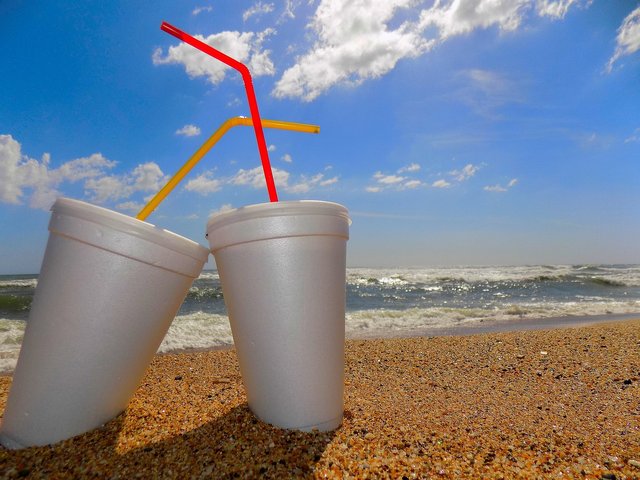
This material is dangerous when heated, as it releases styrene - a toxic substance of the third degree of danger. With prolonged contact with the human body, styrene provokes a defeat of the respiratory tract, irritation of the skin and mucous membranes, damage to the liver, kidneys, blood and nervous systems. Since polystyrene processing also leads to emissions of an extremely dangerous toxin into the atmosphere, this process can not be considered environmentally appropriate in any case.
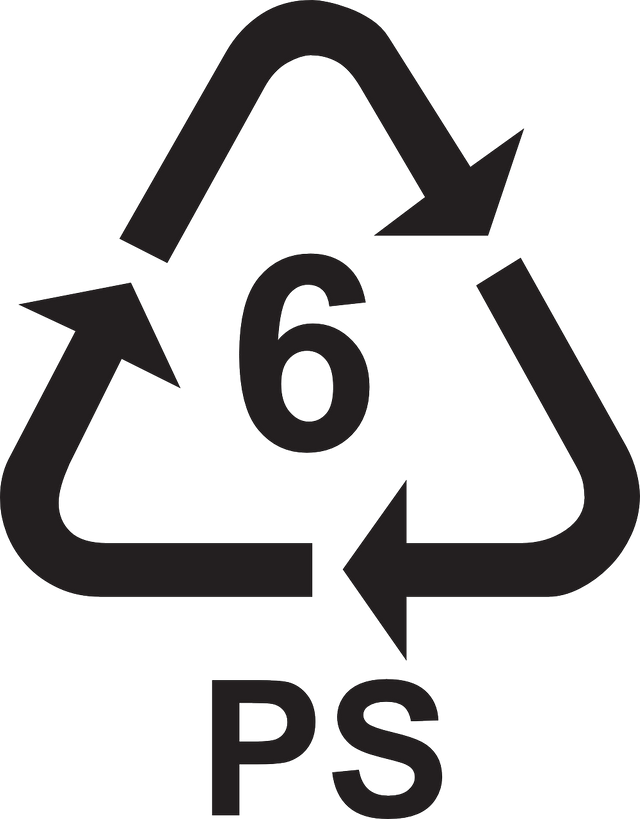
Plastic itself is a weak material, with prolonged use it loses its properties and becomes fragile. To increase the strength in it, various stabilizing substances are added, which increase the toxicity of the material obtained.
And different types of plastic react differently to certain influences - some can not be heated, others react to certain chemical compounds, the third can not come into contact with food. Different types of plastic need different treatment, and ignorance of safety measures in the use of plastic at home and on the workplace - is one of the reasons that contribute to the harmful effects of plastic products on the human organism.
This article is another way to reveal the existing state of affairs to those who are interested not only in the day of today, but also the consequences of our elections here and now.
The today's situation with plastic, even if it is possible to recycle it, is not encouraging. All these ways of using recycled plastic waste are the horizons of our possibilities, to which we are only making first steps. And since we started to do these steps not so far, since our steps are rare, inept and indecisive, we will not be able to catch up with our waste management measures our consumption speed, which non-stop increase these waste.
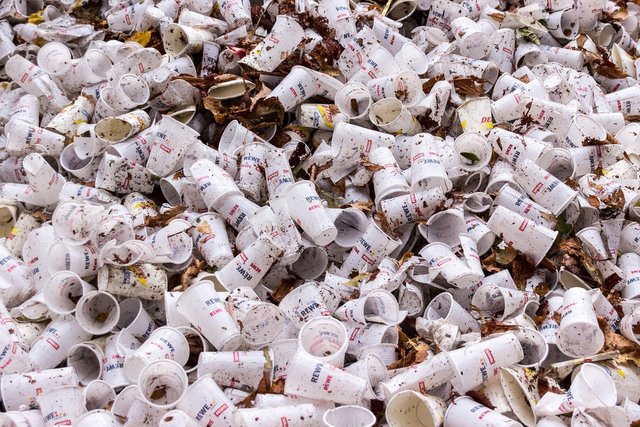
Escape from an environmental disaster lies through the realization of the need to make every individual's efforts on the planet to manage waste and, more importantly, to reduce the generation of waste as such.
In order not to be unfounded, below I offer you several ways how to manage the plastic waste of your life, and to reduce their education in principle.
Ways of management of plastic waste:
o Of course - recycling. Ultimately, no matter what they say, it is the owner (producer) of garbage, who is responsible for how this garbage will be disposed of. Since the demand for plastic products does not fall, the recycling of this waste for reuse is a reasonable solution.
In our family, we sort plastic waste by their composition: the bottles are separate from the lids, so that later, when they are collected enough, we'll hand them over for money as a recyclable material. Money in this case is small but it's a nice bonus, because the main purpose of our sorting - is the recycling of our waste.
When your plastic is in waste, it is already very difficult for them to manage in any other way, other than recycling. All other ways to manage household waste plastic are through reducing their formation, and, consequently, through reducing the consumption of plastic.
13 ways to reduce the formation of plastic waste in everyday life:
Avoid packaged products. Mass food supply implies great requirements for hygiene and sanitation, which provides plastic packaging. The transition from packaged products to natural ingredients (for self-cooking), farm products and home cooking is a step not only to the health of the planet, but also to one's own well-being.
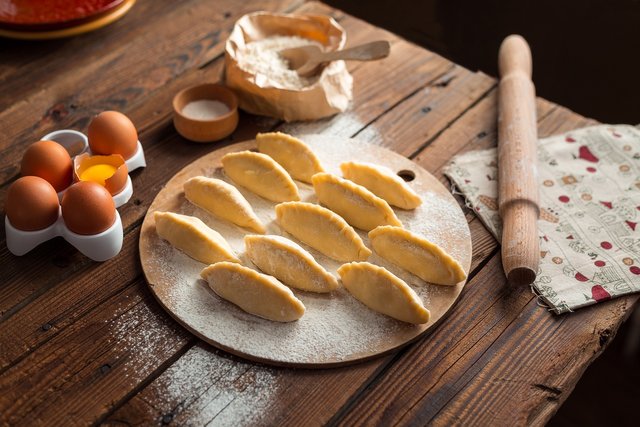
Avoid using plastic bags. In my country, a plastic bag is a scourge of all markets and supermarkets. In a plastic bag, they try to put everything that they sell you, even a banana! And in most cases it's completely free, which creates the impression of polyethylene genocide.
Refusal of plastic bags is easier if:
You have a textile bag in order to go to the store
You have several canvas bags for buying bulk products by weight
You freely glue the price tag on the skin of a banana or orange, realizing that you will not eat it
You use food paper to buy products
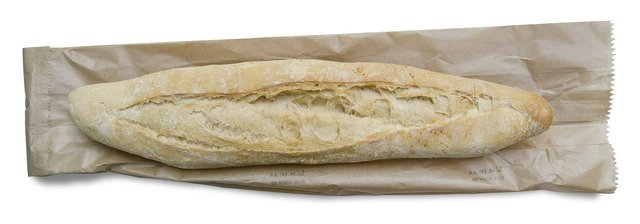
Use food packages as often as possible. I remember when the milk appeared in plastic bags, my grandmother washed them after use and stored in them all the important documents and letters. Previously, I considered it a relic, now I bow to her wisdom.
Do use ceramic, metal or glassware in the kitchen. Using plastic for cooking or eating food, even if it's specifically designed for this, is environmentally illiterate and harmful to health.
For storage of food, give preference to glass jars.
Avoid bottled water. At home we use a filter fixed on the pipe. I am pouring water into a reusable bottle and there I have no need to buy water in a PET bottle. In the summer, tea, pre-chilled in the refrigerator, is also excellent.
Instead of disposable cups, use thermocup. This is a great idea came to me at work, when I finished my coffee, which I brought in the thermocup from home, and decided to go to the coffee shop for a new portion with my thermocup. If you do not have a thermocup, any cup is suitable for this purpose)
Choose products in the package without plastic. "Food in plastic" - make it your "STOP!"
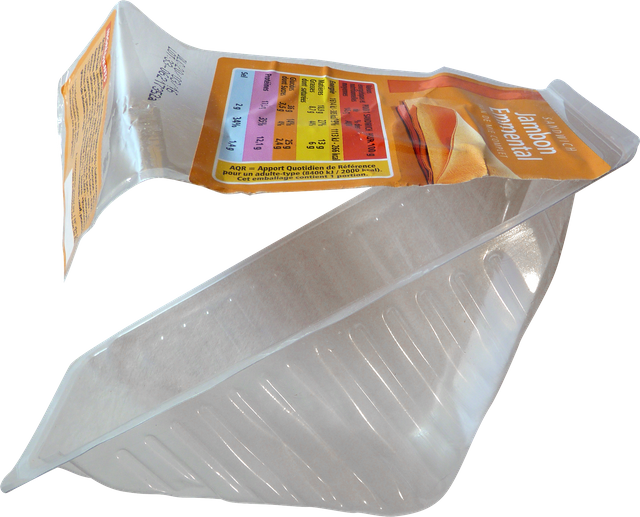
Surround yourself with beautiful things made from natural materials. Natural material is always beautiful, so luxury can be allowed for a small price.
Give preference to toys without plastic. Do you remember the soft knocking of wooden toys from your childhood? Give this message to your children, wooden toys - the first source of knowledge about the properties of natural materials. It is also useful for children' health.
Use cloth diapers. When my daughter was a baby, I always dressed only a homemade gauze diaper, and I always had a whole bunch for changing. Modern diaper we wore only in winter walks or when going to a polyclinic. In addition to reducing the harmful impact on the environment, it had other positive effects: no prickly heat or irritation at all times and very easy lifting onto the potty))
Use matches instead of cheap lighters. Disposable lighters are fashionable to replace with refills (preferably not plastic))
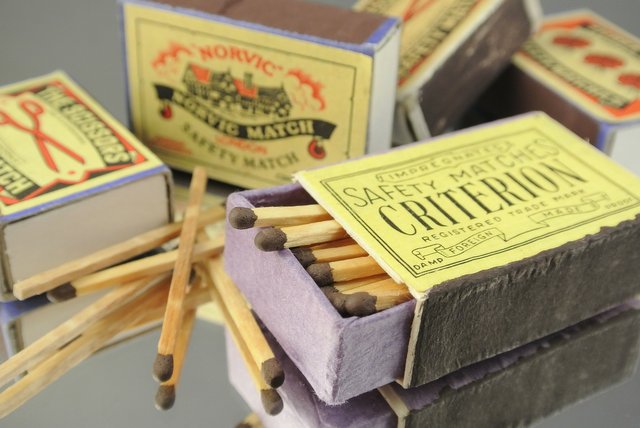
Refrain from frozen convenience foods. Semi-finished products and plastic are close friends. In addition, it is not good for health.
Use reusable utensils everywhere. This is due to some inconveniences, but the effect of reducing discarded plastic plates is worth it!
Switch to self-created cleaners. There are many recipes for the creating of a whole range of cleaning products: from cleanings for sanitary ware to dishwashing detergents. If you recall the class of plastic (polyvinylchloride) used in the packaging of these products, then I think it's worth trying to become a chemist.
Having read the whole list, it can be said that those, who really want to contribute to reducing the growing of plastic waste, will have to make an ecological revolution in their lives, because the actions, which are mentioned above, require efforts to get off the common track, and in many cases to struggle against the stream.
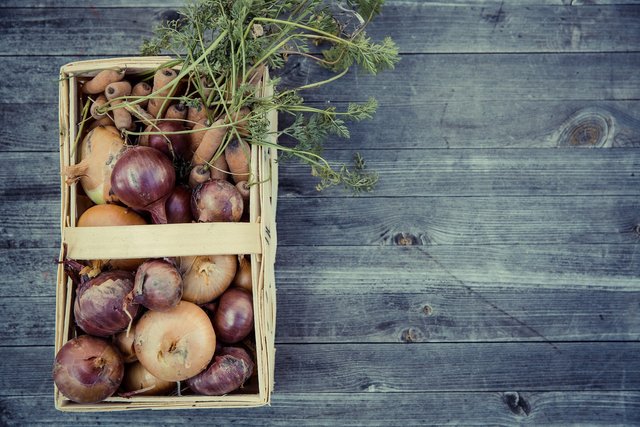
What can I say? We have been so careless about the pollution of our planet that now we must apply proportionally maximum efforts to restore the ecological balance. And the steps described above are the necessary minimum contribution of each earthling.
Dear friends, try, test these recommendations in your reality and give feedback in the comments under this post.
If you have your own ways of managing plastic waste or reducing its growth, I'll be happy to find them under this post to take into my own practice.
For the Benefit of All Living Beings!
Very informative and well-written article. All kinds of plastic here. The best thing I liked here is that you are giving useful advice how to reduce plastic consumption in our everyday life. This is where we should all start.
I know lots of sad prognosis about our relationships with our planet, and for some period it made me almost fall into depression.. Later I realized, that my sadness will not help & definitely will not change the situation, so I turned to ways I can help to bring changes.
Now I do so for every single person, who cares.
Thank you, @johnstone, for being care!
It would be great if you will try in your life some or one of the described methods. And even more grateful, if you'll share then your experience here in comments our on your own post. It will share the practice and give us some fun))
I did tried these methods dozens of times in my life, but unfortunately during those times I didn't have my camera with me. So I will do it tomorrow if I find appropriate place for this. It is not for fun, don't take my words wrong, it is to inspire people to change the world (I thought this is your main aim here) we are living in. I promise you to share my practice in my upcoming posts if you promise to resteem my post then, and I ask you for resteem because you have ecological weight in this community. Is that a deal now?
Deal, my dear Eco-Friend!
This post is about environment and how to save it and a very spectacular topic is how to destroy plastic because this is no destroy system so you have a very good thought and very good ideas for environment this is make you
Give me upvote I will upvote you back on your every post.🙏🙏🙏
Thank you for your kind attention! Great that you found this post beneficial and that you care about environment!
You got a 50.00% upvote from @authors.league courtesy of @dimarss!
You received a 10.0% upvote since you are not yet a member of geopolis and wrote in the category of "ecology".
To read more about us and what we do, click here.
https://steemit.com/geopolis/@geopolis/geopolis-the-community-for-global-sciences-update-4